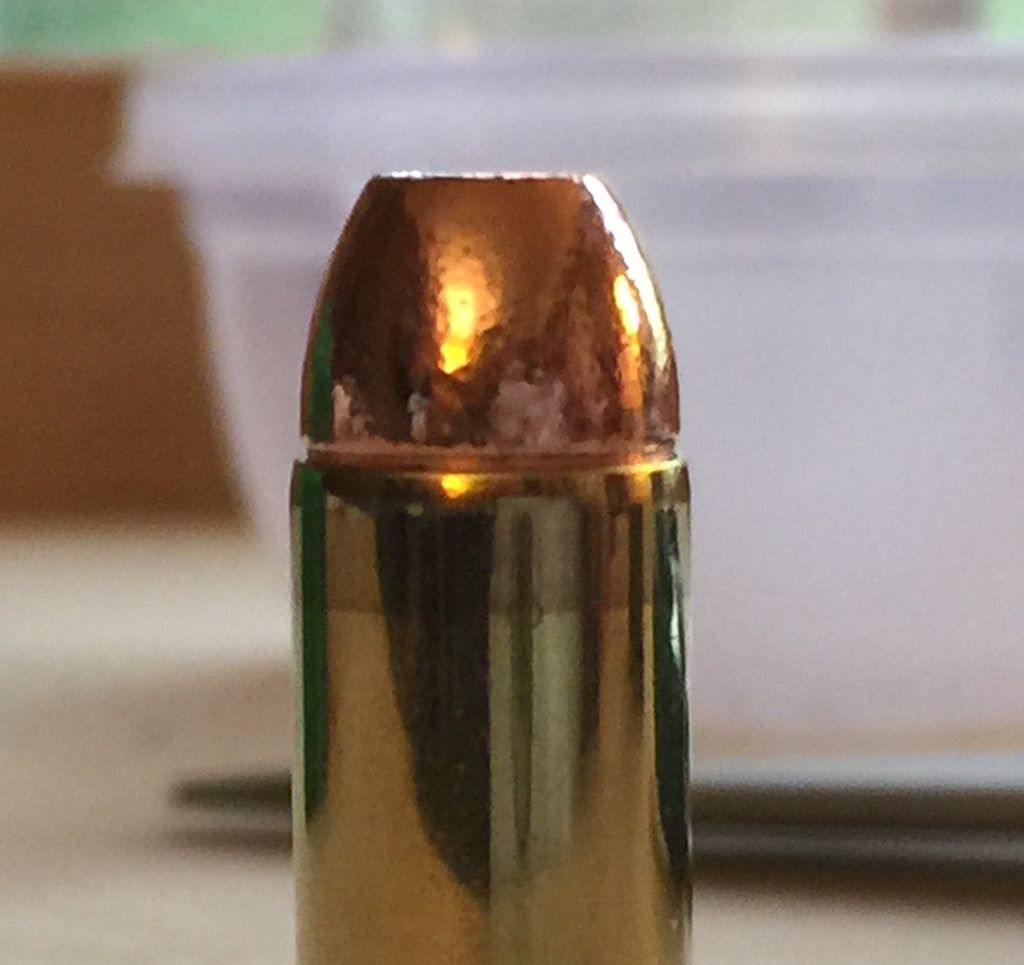What happens if this doesn't correspond to the stated COL
Ignore the stated COAL. With a revolver your max COAL is the front face of the cylinder, in practical terms.
COAL (Loaded length with bullet) is not a hard and fast rule, its not a law of nature, it is the industry standard max length that SHOULD work in all firearms of that caliber. (not stick out of the cylinder, feed through the magazine, etc.) Also to keep the bullet from touching the rifling when chambered. (not an issue with revolvers, or most pistol rounds, but something to watch for with rifle bullets)
Factory ammo is loaded a bit shorter than max COAL, in order to help ensure it works in everything.
Generally, bullet makers put the crimp groove in a location where the bullet length, when seated to the crimp groove is within max COAL. Generally. Not always.
New 9mm dies should have a taper crimp, not a roll crimp, I don't think anyone has made roll crimp 9mm dies is a long time. But, they used to. You CAN (if you know just what you are doing) use a roll crimp die to remove case mouth flare, and give just a tiny bit of crimp that will not affect chambering to a 9mm or other auto pistol round. HOWEVER, its delicate work, and the taper crimp is much, much more "user friendly" so mere mortals have a much better chance of doing it right with a taper crimp.
Setting your die to roll crimp in the middle of the cannelure is the best choice. As mentioned, as long as the case has somewhere to crimp into, it will be ok.
Again, I will say, uniform case lengths are a must for (batch) production. A couple of thousandths of an inch case length can make the difference between a good crimp, too much crimp, or not enough crimp. (roll crimp) its not nearly as important with a taper crimp, but it still does matter.
ALSO, uniformity of crimp can affect accuracy. One way to ensure uniformity is to measure all your brass, find the shortest one (that you are going to use) and trim the rest of them to that length, then adjust your die for that length case.
Your flared 9mm cases may chamber in your barrel, but might not FEED into your barrel very well, if at all. What I have found works for me in several different guns in both 9mm and .45ACP is not to just remove the flair of the case mouth, but to add just a tiny "kiss" of taper crimp. IN my guns, the little bit of taper crimp seems to improve feeding, the rounds are just marginally "smoother" and that gives me to fewer jams.
I do this by using a factory round, and adjusting the die so the crimp is in firm contact with the case (hand tight), then removing the case and turning the die body down just a tiny bit more. Works for me, what works for you might require a little trial and error, but I think the way I do it is a good place to start.
Good Luck, and we're here to help.

